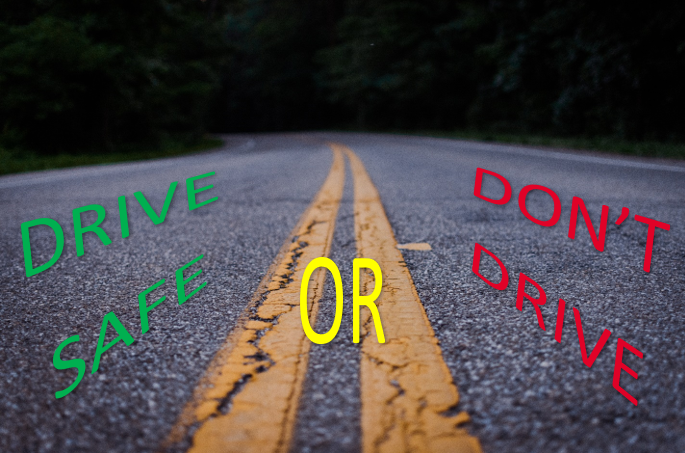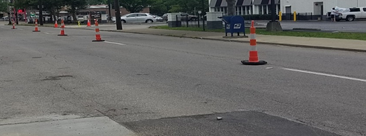
Almost everyone is exposed to a potential hazard each day. Sometimes, this hazard even presents itself multiple times throughout the day. You may wonder, what could this
hazard be? Well, it has four or more tires and a steering wheel.
Vehicles are the main mode of transportation in today’s fast pace environment. Some individuals have a short commute, while others traverse great distances. Even with the vast advances in technology and safety, in regard to how vehicles operate, there are still potential hazards every time the rubber meets the road. Fear not, these five helpful tips will drastically improve your chances of getting from point "A" to point "B" in a safe manner:
The first tip is FOCUS. Drivers tend to only look at what is immediately in front of them. This reduces reaction time significantly, as we typically brake when the car ahead begins to brake. Keeping focused on the route a minimum of fifteen seconds in front of the vehicle allows the driver to notice changes in traffic flow and potential hazardous situations. Maintaining a clear vision on upcoming conditions plays a vital role in decision making.
The second tip is DISCIPLINE. This regards to following the rules of the road. Maintaining the designated speed limit, utilizing signals at the proper time, and braking in a soft manner will help avoid a ticket and an accident. The posted speed limit is determined on many factors such as the conditions of the road and the amount of traffic that populates the area. Everyone has a place to be, but exceeding speed limits, changing lanes quickly, and abrupt stops cause a miscommunication with other drivers and can creates issues.
The third tip is TEMPERAMENT. Chaotic driving can cause anxiety and “road rage” for a majority of drivers. Keeping a calm and level head allows decisions to be made in a more concise manner. This applies to all walks of life, especially on the road. A common aggressive action associated with “road rage” is tailgating. Tailgating is the act of following too close in proximity to a vehicle, which reduces the ability to decelerate at the rate of speed necessary to avoid making contact with the other vehicle. If a vehicle is tailgating, the best option - if possible, is to reduce your speed gradually or change lanes to allow them to pass.
The fourth tip is INSTINCT. Knowing your own abilities is crucial to arriving safely. Driving at night can put a strain on the eyes and may cause drowsiness. These factors can significantly reduce the ability to make clear and meaningful decisions. If at any time you feel unusually sluggish or notice a change in the ability to stay focused, a short pitstop may be in your best interest. Typically, it is better to leave earlier - which will grant the ability to arrive on time if issues involving traffic arise or necessary stops are needed.
The fifth tip is ATTENTION. In today’s world, everything is accessible at the tips of our fingers. Cellular phone usage is at an all-time high. Drivers tend to place one hand on the wheel and one hand on their phone. This ultimately leads to the majority of incidents and fatalities. To maintain safety, send important message before you leave or pull over to the side of the road if the need is demanding. Try and plan your route ahead of time and activate voice guidance to reduce the need for visual directions.

Every trip is different from the route and conditions associated with the drive. However, maintaining a focus on the traffic ahead, following the rules of the road, keeping a calm mindset, understanding personal limitations, and removing distractions while driving will greatly improve the chances of arriving at the destination safely. These five helpful tips are as useful to a beginner driver as they are to an experienced driver.

120219
Related Topics: The Consultant's Corner